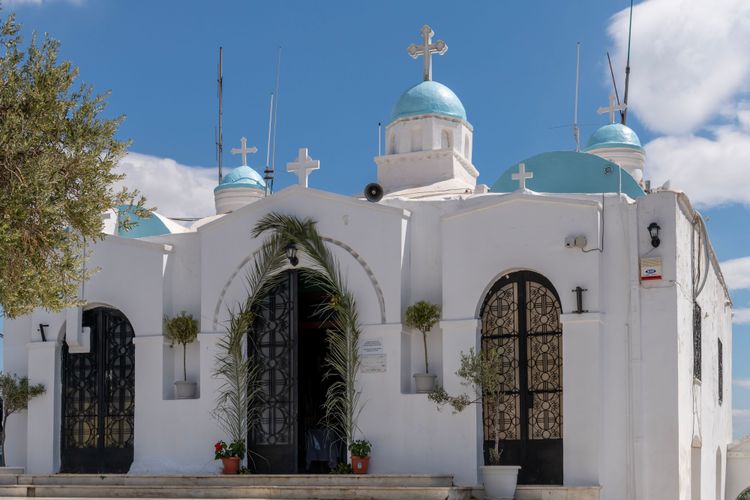Lycabettus Hill has a rich and fascinating history that blurs the line between truth and myth. The hill almost certainly got its name from the wolves that used to inhabit it in Antiquity. Seeing as lykos (λύκος) means wolf in Greek, this explanation makes sense etymologically. Due to its rather steep geography, not much human activity has been found on the hill until the 18th century. Some antiquities have been found, but none to rival those dug up at other sites throughout the city. During the 15th or 16th centuries AD, the church of Agion Isidoron was built on the western side of the Mount, while a chapel to St George was built in the 19th century at the top of the hill. Visitors will also find an open-air amphitheatre which hosted many iconic concerts in its heyday, but has been closed for safety reasons since 2008. The hill also has a mythologised past. It is said that the hill appeared after the goddess Athena, the patron goddess of Athens, dropped a rock from Mount Peletis she had been carrying to build the Acropolis. After a raven found her and bought her some bad news, she accidentally dropped the rock and it became the Mount we know today.
 Athens
Athens










